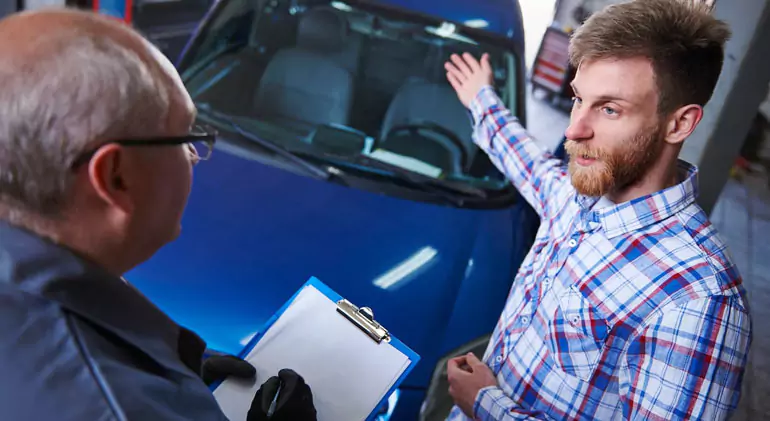
 3
3Dec
Driving carefully is the priority of car owners. Still, the number of road crash deaths in Australia is nearly one thousand annually. The reasons for collisions vary from using mobile phones while driving to drunk driving and speeding. Besides causing physical and mental trauma, these mishaps damage your vehicle and incur huge repair costs.
The only silver lining in this dark cloud is that you can claim your car insurance and reduce the financial impact of the incident. However, when you are in an accident, it can leave you in a state of shock and powerless to make a quick decision. Thus, you must be aware of the car insurance claim process to get into action swiftly. Here is a step-by-step guide to making a claim that will help you when caught off-guard by an unforeseen situation.
Step for Car Insurance Claim Process
When you are in a car accident, you need to take control of the situation. The first thing to do is to check for injuries and call an ambulance if required. If there are no serious injuries, you must move your car to avoid creating a traffic jam. Whether the crash was your fault or not, you need to follow the steps mentioned below to make a claim.
Collect All the Information Related to the Collision
When you hit another vehicle while driving, you will need the details of the other driver. These include his name, contact number, address, driver’s licence details, car registration number, name of his insurer, car manufacturer, model and colour.
You must note down the exact location of the crash and inform the police about the incident. You must contact your insurance company and give them the details of the accident. In addition, you will need the police report number and details of any eyewitnesses who were present. The information collected about the other driver also needs to be handed over to them.
Check The Damage and the Amount That Can Be Claimed
Assess the condition of your car and take pictures to keep a record. Thoroughly check the vehicle for internal and external damage and determine what you can claim. Comprehensive insurance covers damage to your car and the other person’s car. However, third-party insurance will only cover damage to the other person’s car if the accident occurred due to your fault. Also, you should not make a claim if you were drunk at the time of the accident, as it will get rejected by the insurer.
Ask Your Insurer About the Excess
Contact your insurer about the exclusions and inclusions, or check your policy document. You will have to ask them whether you will have to pay an excess when you make a claim. It is usually necessary to pay the excess even if you are not at fault. The insurer can waive it off in some special situations. You can look at the policy document to know the excess amount and the circumstances in which it can be waived.
Before making a claim, find out the repair cost for the damage. You can claim the amount if you feel it will create a financial deficit or impact your savings. To make a claim, you will have to fill out the claim form provided by the insurer. You can do this online if you are injured or over the phone. If the other party agrees that the crash occurred because of their fault, you will get the claim amount without any hassles. Also, accidents are not the only reason for lodging a claim. You can also claim if your car was damaged while parked on the street or stolen.
After the claim is submitted, the insurance company will investigate the accident by speaking to the other party and eyewitnesses and checking the extent of the damage. If the other party considers you at fault, they will send you a letter of demand to pay for the damages. You can contest their claim and let your insurer decide who is at fault. Based on their investigation, the insurer will take the call to either accept or reject the claim.
Choosing your insurance provider after thoroughly researching the policy inclusions and comparing it with other providers is vital. Follow the steps mentioned above to make a claim quickly and reduce stress and financial distress at the time of an accident.


